
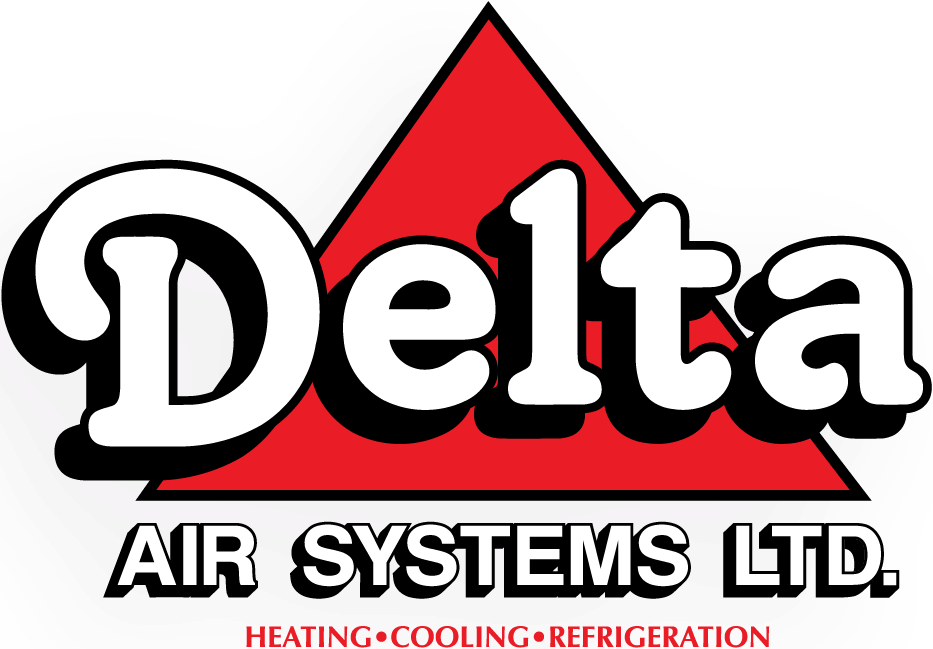
50+
YEARS OF POSITIVE REVIEWS
IN KITCHENER WATERLOO
255+
YEARS OF COMBINED EXPERIENCE


50+
YEARS OF POSITIVE REVIEWS
IN KITCHENER WATERLOO
255+
YEARS OF COMBINED EXPERIENCE
Affordable HVAC Service & Installations
Our approach has always been to listen first. Fully understanding your needs makes it simple to develop practical and cost effective solutions.
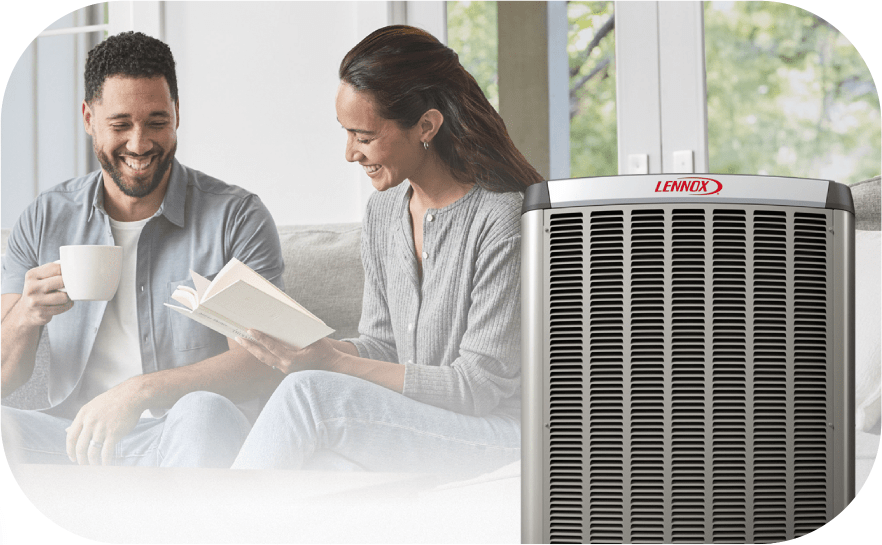
When financing a new Lennox® system.
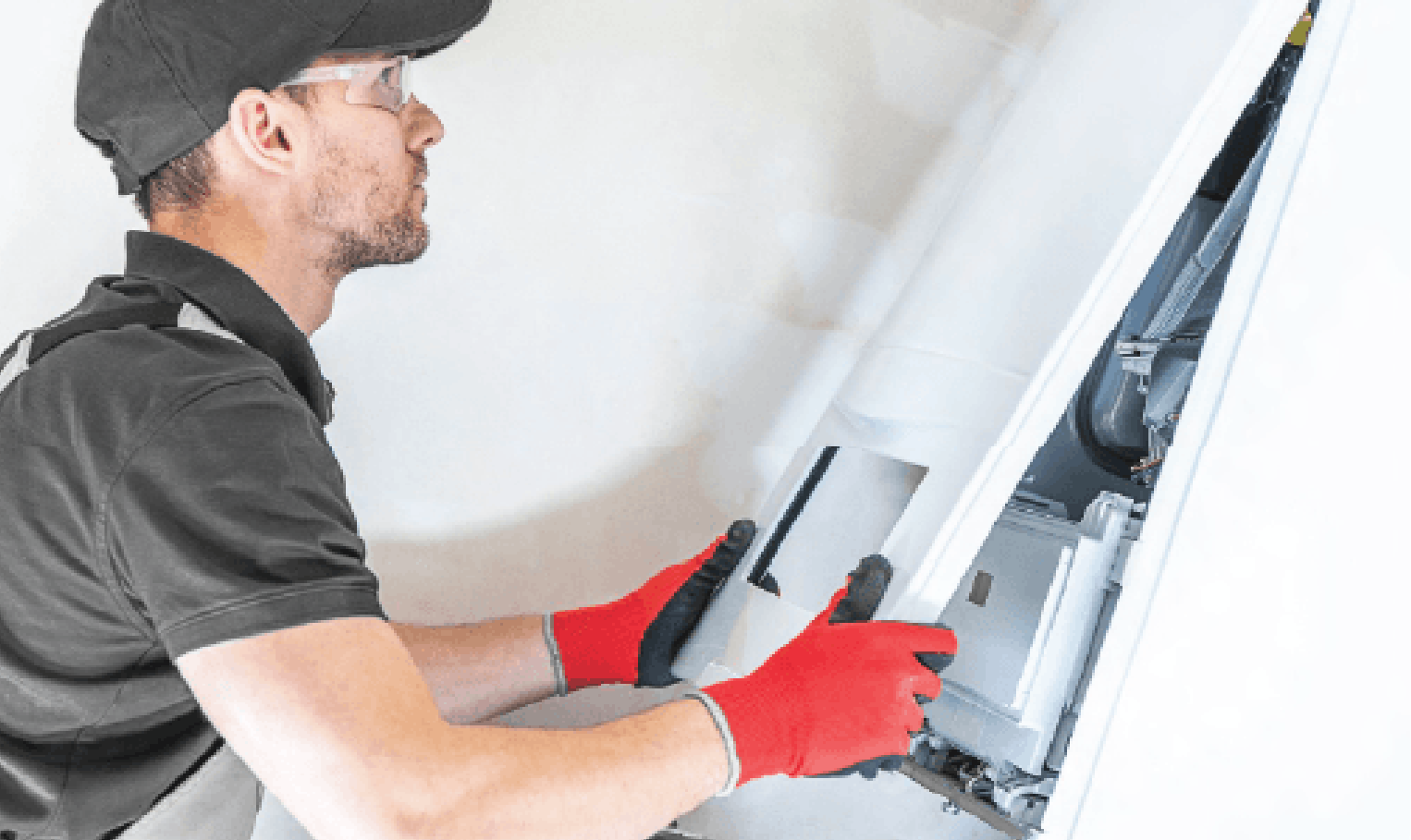
Find Us
2-595 Colby Drive
Waterloo, ON
N2V 1A1


Affordable HVAC Service & Installations
Our approach has always been to listen first. Fully understanding your needs makes it simple to develop practical and cost effective solutions.
Find Us
2-595 Colby Drive
Waterloo, ON
N2V 1A1

Heating
Cooling
Air Quality
And More!
This Fall
No payments for
6 months

When financing a new Lennox® system.
With Delta, you work with the best.

We take pride in ensuring trust, quality, and transperancy in everything that we do. As a family-owned-and-operated business we have taken earning the trust of Kitchener Waterloo Region seriously since the 1970s.

Top Brand Names
We only deal with the top brand names in the industry. Established manufacturers with products that are certified, tested and approved.

Professional Technicians
We hold our technicians to the highest standard and ensure they deliver quality service to each and every customer and take continuing education classes to stay current on all our products and best practices for service, installation and repair.

24hr Live Customer Support
With 24/7 live customer support available to your when you need it the most, you can feel comfortable knowing that day or night, we’ve got you covered.

Over 50 Years Of Experience
When you call Delta Air Systems, you know that there are over 50 years of experience and reliable service behind our business.

Flexible Payment Options
If you’re on the market for a new heating and/or cooling system but concerned about the price, have no fear! Between sales, incentives, and rebates, plus financing options, you can get the system you deserve without breaking the bank.
Need a new furnace? With Enbridge Sustain you can get one with zero upfront costs.
Need a new furnace? With Enbridge Sustain you can get one with
zero upfront costs.
We’re dedicated to helping you find the perfect heating solution for your home. That’s why we offer a wide range of furnaces from top manufacturers, so you can get the heating solution you need without any out-of-pocket expenses.
Plus, with annual maintenance included, you can trust that your furnace will run at its best all year round. And, in the unlikely event that repairs are needed, there’s no extra charge to you – we’ve got you covered. Book a free in-home consultation and one of our trusted partners will work with you to choose the right furnace for your home.
Special Offers
Get a system with no upfront cost and take advantage of these limited-time offers
Get 6
months FREE*
Don't pay till summer.
Lease to own your furnace, heat pump or water heater with $0 down. Limited Time Only.
EnbridgeSustain

Get 6
months FREE*
Don't pay till summer.
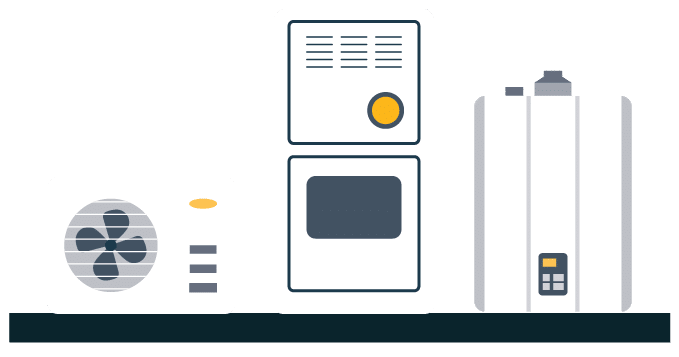
Lease to own your furnace, heat pump or water heater with $0 down. Limited Time Only.

Learn more
EnbridgeSustain
Get Up to $3,000 in Rebates
Take advantage of the Enbridge Gas Home Efficiency Rebate program.
Flexible Lease-to-Own – No Credit Check Required
Upgrade today with affordable, predictable monthly payments—without the burden of a large upfront cost.
Read years of our positive reviews


Rajendra Gopal
Local Guide 280 reviews

The entire experience with Delta was exceptional from the first contact with Jordan Wood to the installation. She was very prompt in setting up the initial appointment.
I had researched a couple of HVAC installers in the area and found Delta to have the best reviews online. I did talk to 6 installers in the area and Delta had the best quotes.
Jordon went over all the options with Lennox and Daikin. I was really impressed with her knowledge of the products offered and the government rebates. She also offered a lot of good tips on the Union gas audit and recommended a auditor who did a great job of walking me through the audit.
She was very professional and even carried a portable printer which is better than the handwritten information most HVAC vendors provide. Subsequently all my questions got very prompt email responses and i was able to get an appointment a week after my audit. Considering my Air Conditioner was broken, i really appreciate the quick turnaround.
On installation day, Jordon Wood was around to make sure there was no issues and things were of to a good start.
The install was done by Vince, Matt and Rob. They were done by the EOD. They did a very clean job. he installers were great. They arrived early and took a lot of time at the end of the day to show me the whole installation,
They kept us informed all the way and were very patient with all of our questions. They registered at the manufacturer for warranty and the IESO rebates.
Thanks to Jordon, Vince, Rob, Matt and every one at Delta.Definitely recommend this company!

Christopher Young
Local Guide 537 reviews

We recently had a great experience with Delta Air Systems in replacing our old furnace and AC. Everything from start to finish was smooth and well done. Tanya was very professional with providing and explaining various options and features. Communicating with her was a pleasure, there was no pressure at all. She was open to answer any questions on the matter even on weekend days. The installation crew (Liam B. and Fabio) did an excellent job of removing the old furnace and AC and installing the new units. They were professional, friendly, and knowledgeable, providing information about the work done and helpful tips on taking care of the installed equipment. Finally, Tammy registered the equipment with the manufacturer and sent the invoice allowing a convenient option to pay in two installments. We highly recommend Delta Air Systems to our friends, neighbors, and others.

Martin Kelly
Local Guide 243 reviews

Had an Annual Service done on my Furnace/Heatpump combo. Braedon was on time and excellent.

Rajendra Gopal
Local Guide 280 reviews

The entire experience with Delta was exceptional from the first contact with Jordan Wood to the installation. She was very prompt in setting up the initial appointment.
I had researched a couple of HVAC installers in the area and found Delta to have the best reviews online. I did talk to 6 installers in the area and Delta had the best quotes.
Jordon went over all the options with Lennox and Daikin. I was really impressed with her knowledge of the products offered and the government rebates. She also offered a lot of good tips on the Union gas audit and recommended a auditor who did a great job of walking me through the audit.
She was very professional and even carried a portable printer which is better than the handwritten information most HVAC vendors provide. Subsequently all my questions got very prompt email responses and i was able to get an appointment a week after my audit. Considering my Air Conditioner was broken, i really appreciate the quick turnaround.
On installation day, Jordon Wood was around to make sure there was no issues and things were of to a good start.
The install was done by Vince, Matt and Rob. They were done by the EOD. They did a very clean job. he installers were great. They arrived early and took a lot of time at the end of the day to show me the whole installation,
They kept us informed all the way and were very patient with all of our questions. They registered at the manufacturer for warranty and the IESO rebates.
Thanks to Jordon, Vince, Rob, Matt and every one at Delta.Definitely recommend this company!

Christopher Young
Local Guide 537 reviews

We recently had a great experience with Delta Air Systems in replacing our old furnace and AC. Everything from start to finish was smooth and well done. Tanya was very professional with providing and explaining various options and features. Communicating with her was a pleasure, there was no pressure at all. She was open to answer any questions on the matter even on weekend days. The installation crew (Liam B. and Fabio) did an excellent job of removing the old furnace and AC and installing the new units. They were professional, friendly, and knowledgeable, providing information about the work done and helpful tips on taking care of the installed equipment. Finally, Tammy registered the equipment with the manufacturer and sent the invoice allowing a convenient option to pay in two installments. We highly recommend Delta Air Systems to our friends, neighbors, and others.

Ask the community.






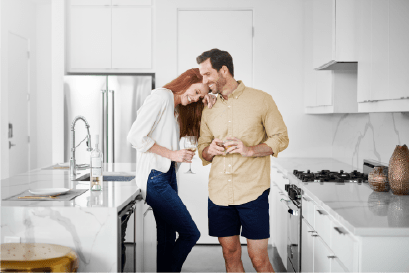
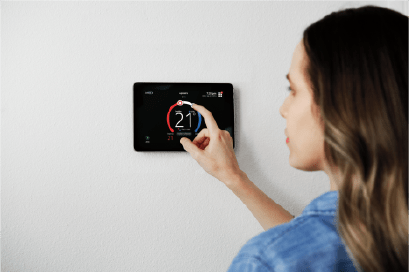
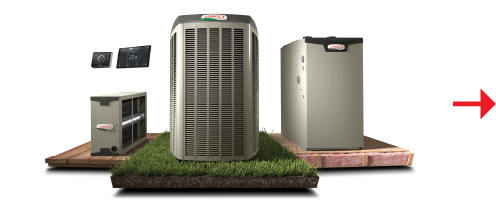
Why Delta Air Systems
A Great Atmosphere Starts With The Right Air Conditioning
Let us help you make the right choice!



Why Delta Air Systems
A Great Atmosphere Starts With The Right System
Let us help you make the right choice!
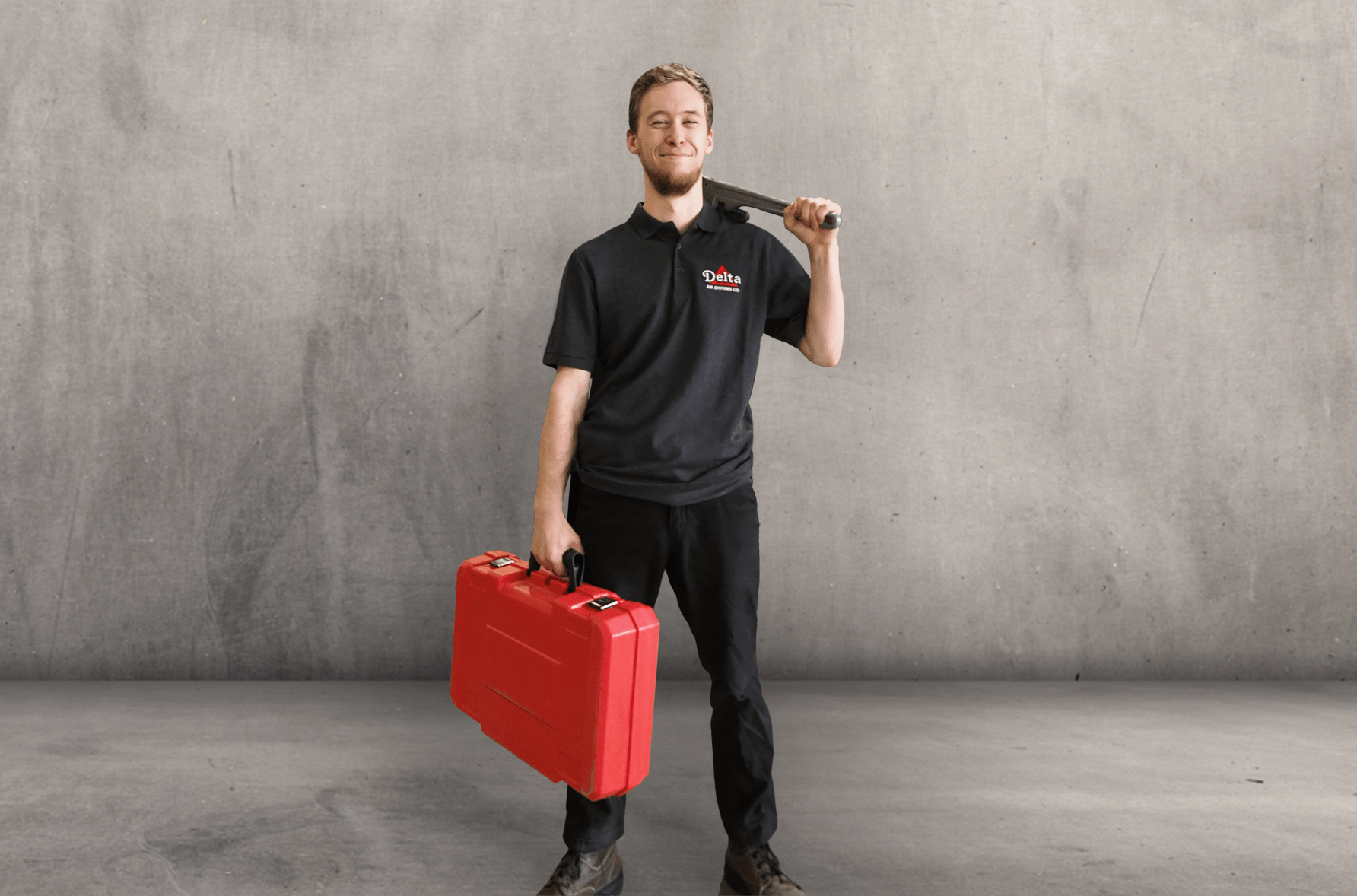
Delta Air Systems Working Hours
At Delta Air Systems, we’re always here to take your calls 24/7 for emergency assistance and inquiries. For in-person visits, our showroom operates during regular business hours: Monday to Friday, 8:00 AM to 4:30 PM. Stop by during these hours, and we’ll be ready to help you go over all the options available to you to make your home's comfort perfect. See you on the showroom floor!
Monday
Open 24hrs
Tuesday
Open 24hrs
Wednesday
Open 24hrs
Thursday
Open 24hrs
Friday
Open 24hrs
Saturday
Open 24hrs
Sunday
Open 24hrs
After Hours Rates
Weekdays 4:30pm - 9pm: Diagnostic + $100
Weeknights 9:00pm - 8am: Diagnostic + $160
Weekends 8:00am Sat - 8pm Mon: Diagnostic + $200
Stat Holidays: Diagnostic + $260
*Please note that all pricing on this page is subject to HST
After Hours Rates
Weekdays 4:30pm - 9pm: Diagnostic + $100
Weeknights 9:00pm - 8am: Diagnostic + $160
Weekends 8:00am Sat - 8pm Mon: Diagnostic + $200
Stat Holidays: Diagnostic + $260
*Please note that all pricing on this page is subject to HST
Book A Service
Let’s Get Started!
Explain what you need help with here and we will call you!


